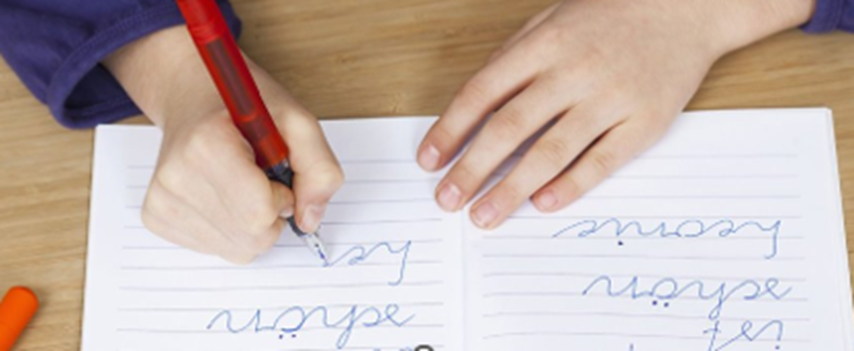It may seem incredibly retro for a high-tech state like Cali to push kids largely raised as digital natives into learning cursive. Like, who handwrites anything these days? But, as a recent article from the BBC points out, the physical act of committing letters and words to paper “can activate specific neural pathways that facilitate and optimise overall learning and language development” in ways that don’t happen from typing on a keyboard.
One pathway for this optimization is through letter recognition. It’s well-established in research that the better a child is at identifying letters – and the earlier in life that capability develops – the more proficient a reader they are likely to become. Writing letters by hand (with active debate over whether printing or cursive is the more cognitively supportive) helps children become more adept at letter recognition, even young ones who are “preliterate.” One of the drivers of this benefit is the multi-modal nature of handwriting, involving more complex and differentiated visual, tactile, and motor processing activity occurring than is the case with learning letters by typing, where the physical action to make each letter is the same, a click of a key.
We applaud efforts like California’s to move away from digital-only education. By the way, parents can do a lot on the home front to help their kids benefit from multi-modal learning, encouraging handwriting and making reading from physical books an early habit.
You can read the BBC article California signs cursive writing into law – what are the brain benefits? (and get links to some interesting supporting research) HERE.

